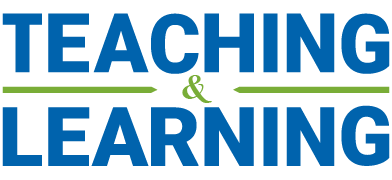Online Course Design Guide & Checklist
This guide is designed to help instructors prepare their courses for remote/online delivery. Browse the course design checklist by category to review important design standards, tips and considerations for creating an effective online learning environment. This guide will continue to be updated with more examples, faculty tips, links and resources on an ongoing basis.
Instructors are encouraged to use this guide in a way that works for them — if you are new to online teaching, try identifying several key checklist items and strive to incorporate them into your course. If you are more experienced at remote teaching, try incorporating as many of the items as possible. While incorporating them all may seem daunting, remember that they don’t all need to be ready right when the course launches; some can be added as the course progresses, giving you a little more time to put them in place.
Please keep in mind that your course is part of a larger program. Work closely with your program director and course director or area coordinator to ensure that any design changes align where necessary with the rest of the program. Also check with your program director to make sure that the way you intend to use Canvas to manage the course (e.g., where to store readings, where to post slides, where to post announcements, where to house quizzes, etc.) is consistent with how others in the program do these things.
Finally take a few minutes to review YorkU’s Faculty Guidelines for Safe Use of Technology While Working Remotely as this document addresses important considerations including online security, privacy and file storage.
If you have questions about any of the content in this design guide, contact the Teaching and Learning team at teachingandlearning@schulich.yorku.ca. We’re happy to help!
A Word about Course Learning Outcomes…
Your course learning outcomes will be important signposts as you work through the checklist that follows. Review them in your course outline before getting started and keep them handy throughout the design process. Whenever you make decisions with regard to course design, always consider whether and how those decisions will help further achievement of the course outcomes.
Avoid making changes to your outcomes or any other major course component without formal approval by Faculty Council as these may have implications for the broader program curriculum. If changes are needed, speak with your program director and area coordinator first.


